It can take seconds to spend hundreds. You see an online deal, there’s only a few left, you feel the FOMO so you buy now or miss out forever. Poof, your money is spent and gone.
Sure, trying to willpower away 1-click shopping and highly targeted advertising is noble, but it’s exhausting. You may succeed in the short term, but over time breakdown happens and you’ll be depleted of your self-control and rapidly spend again.
So what’s a saver to do?
There’s a quick financial fix to curb spending and bring more mindfulness to your money. It takes 30 seconds, and it starts with tapping into a little behavioral economics and exploring your opportunity cost.
What is Opportunity Cost?
We all make trade-offs. But few of us reflect how our present choices can impact our future options. Your opportunity cost is the lost benefit that could have been realized if you had not made a given choice.
Every choice you make in life has an opportunity cost.
There’s an opportunity cost to dining out in a restaurant and not eating at home, taking a cab over bussing to work, and buying a luxury brand winter coat over a comparable jacket with a lesser name and lower price tag.
When we spend our money on one thing, that’s money we aren’t spending on something else. Money we spend today can’t grow through compound interest and be spent tomorrow. What’s the trade-off?
There are alternative ways to spend money, and that’s surprising to many people because we don’t normally consider the alternatives. We focus on the here and now and the single option in front of us.
When you can reframe and reflect on your spending decisions by weighing the trade-offs, you’ll grow not just in wealth, but in health and happiness too.
1. Your Opportunity Cost in 30 Seconds
Here’s how to curb spending in two-steps and make smarter financial decisions in 30 seconds. With a bit of practice you’ll be a pro at this and be more mindful with your money.
Exercise: How to curb spending in 30s
Step 1. Reframe: Before buying anything, reframe your spending decision by asking yourself: What are the alternatives to buying this thing? What else could I do with this money? What’s the trade-off?
Step 2 Reflect: Recall the last time you spent money on a similar item and remember how you felt. Were you thrilled at first but felt badly when you got the bill? When your order arrived did you feel joy, disappointment, guilt?
Reflecting on past spending decisions can help you tap into how emotional spending feels and bring you back in touch with more mindful money habits.
Let’s apply my two-step, 30 second mindful spending exercise with a few opportunity cost examples. What resonates?
Opportunity Cost Example:
Step 1. REFRAME: What are the alternatives to buying this thing? What’s the trade-off?
- Can you make do with something you already own?
- Would you buy a less expensive item? Secondhand?
- Can this money be used better elsewhere? Pay down debt? Saved to achieve a future financial goal?
- Would this money give you a tax break if contributed to a retirement account (RRSP, 401K)?
Step 2. REFLECT: Recall how spending feels when the money is gone.
- Is there a similar past spending decision you can revisit? How did that go?
- How many hours do you have to work to buy it? How much of your life are you trading to make this purchase?
- Do a little math. Total the money to be spent, calculate at 6% compounded over five years. It adds up!
Every choice you make in life has a trade-off and an opportunity cost. Your opportunity cost is different from your neighbours, so find YOUR trade-off and decide if paying for a product or service today is worth the future lost benefit.
2. How to Calculate Opportunity Cost using Hours Worked
Let’s go beyond our 30 second reframing exercise to curb spending even further. One strategy to help refocus on what matters in life is measuring the cost of something with the hours you must work to earn it.
Your opportunity cost is how much of your life you trade to buy stuff.
Opportunity Cost Example: Trading your Life for Money
Meet Jessie. She emailed asking if the $900 Canada Goose parka is worth it?. We calculated her opportunity cost with the total hours she had to work to buy it.
QUESTION: How many hours does Jessie have to work to buy a $900 coat? Jessie’s time and money:
- Earns $16/hour, after-tax (net)
- Works 40 hours/week
ANSWER: 56.25 hours, or seven work days!
Opportunity Cost Calculation: Jessie must work 56.25 hours to buy a $900 winter coat. Is it worth it? Jessie said “Nope!”. She decided spending seven days of her life is too high a cost and opted to purchase a parka for less. Her trade-off (time spent working) is too high so she found an alternative.
3. Opportunity Cost and Compound Interest
Another way to reconsider a spending decision is to calculate the future value of the money with a little bit of compound interest. This math is very exciting (seriously!), so let’s go with it…
Let’s say you like dining in fancy restaurants to the tune of $75/week. It’s a regular habit which you enjoy, but you do the math and find that money invested at 6% compounded would be $4,017 after one year and $8,282 after two years
Yes, you should spend as you wish on the things and experiences that bring you joy, but your mind wanders — what’s your opportunity cost? You’ve want a new bicycle, desire a sunny vacation, and would love to save more for retirement. Would this money be better saved or spent on something other than a weekly meal?
That’s up to you to decide. I’m not here to tell you how to spend your money. 🙂
But checking in with YOUR opportunity cost can help you make decisions that are better aligned to your future financial goals. We all make trade-offs.
Actionable Steps:
- Take my 30 second Reframe and Reflect mindful exercise for a spin.
- Calculate your hours worked to see how much of your life it costs to buy stuff.
- Get mathy with a compound interest calculation to see if spending today or investing that money for tomorrow makes more sense.
- List your financial goals to move from a spending mindset to a mindful money mindset!
Are you surprised with the results? Does seeing your opportunity cost help you to curb spending? Do these exercises lessen your FOMO?
Share your discoveries in the comments below. I wanna hear from you.
Love love love,
Kerry
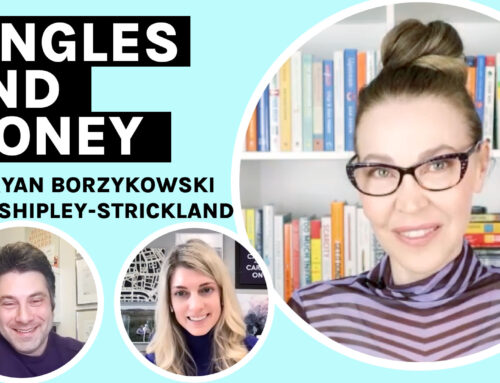
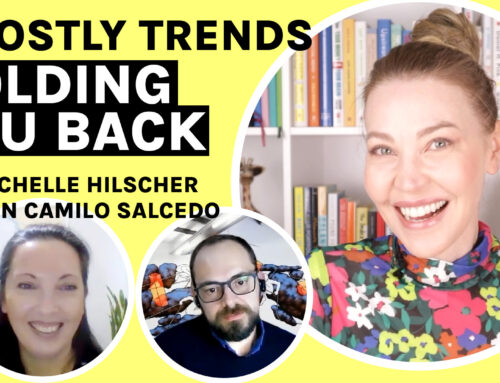
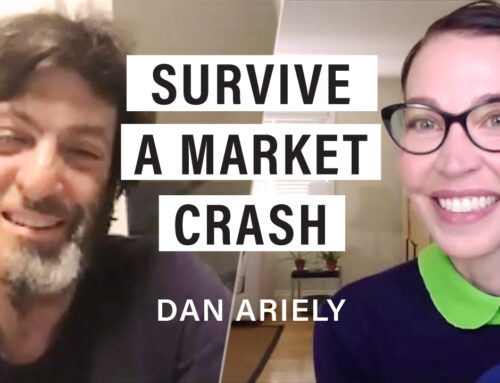
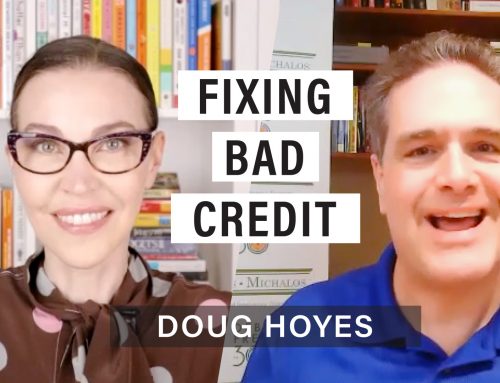
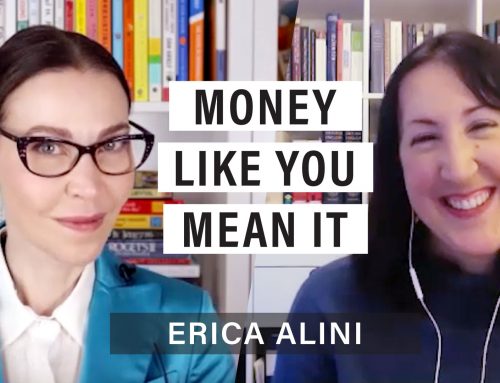
thank you for this! i try to curb spending on frivolities but the idea of reframing with the cost opportunity is one i think will resonate with me a lot.
I should have read your blog instead of going to therapy ;). Thank you for the summary!
Once you look at purchases as hours worked, you will never spend frivolously again! It is pretty brutal seeing how many hours you would have to work to pay off those new shoes or phone! While you shouldn’t look at necessities this way, i found it very helpful for when I spent money on non-necessities.
Thank you! I went from Googling jackets to finding a solution to my core problem. I look forward to reading more of your work.